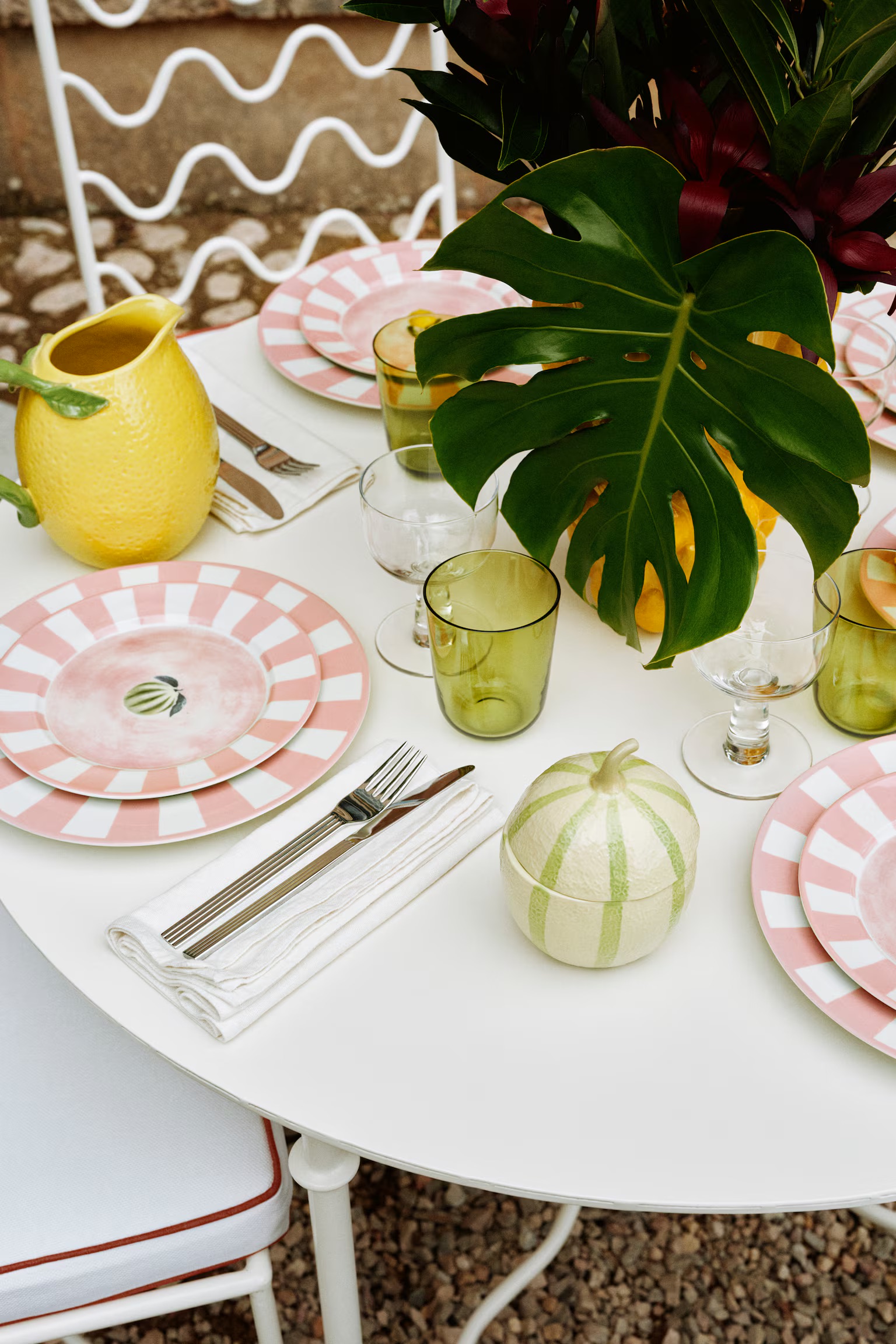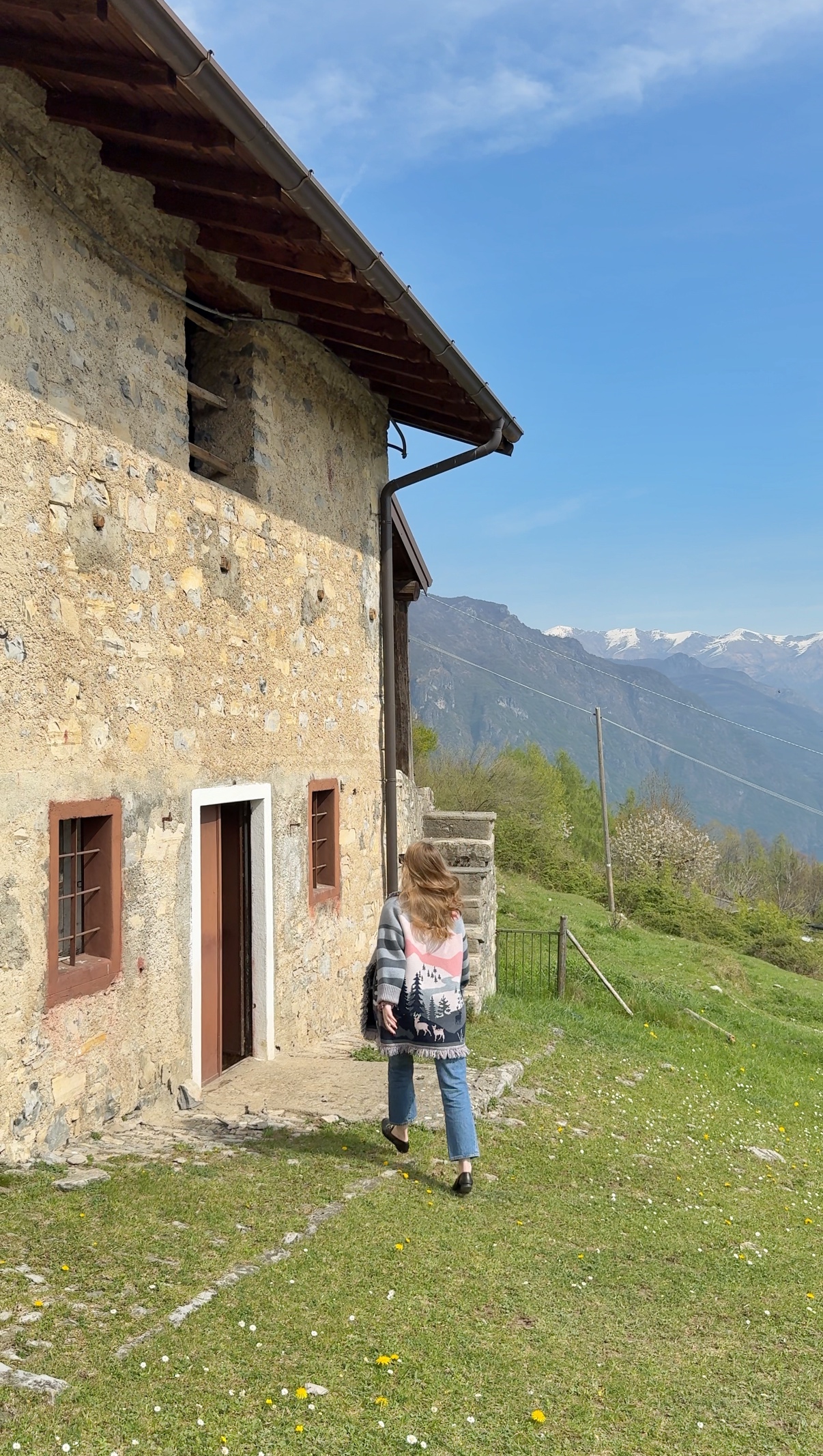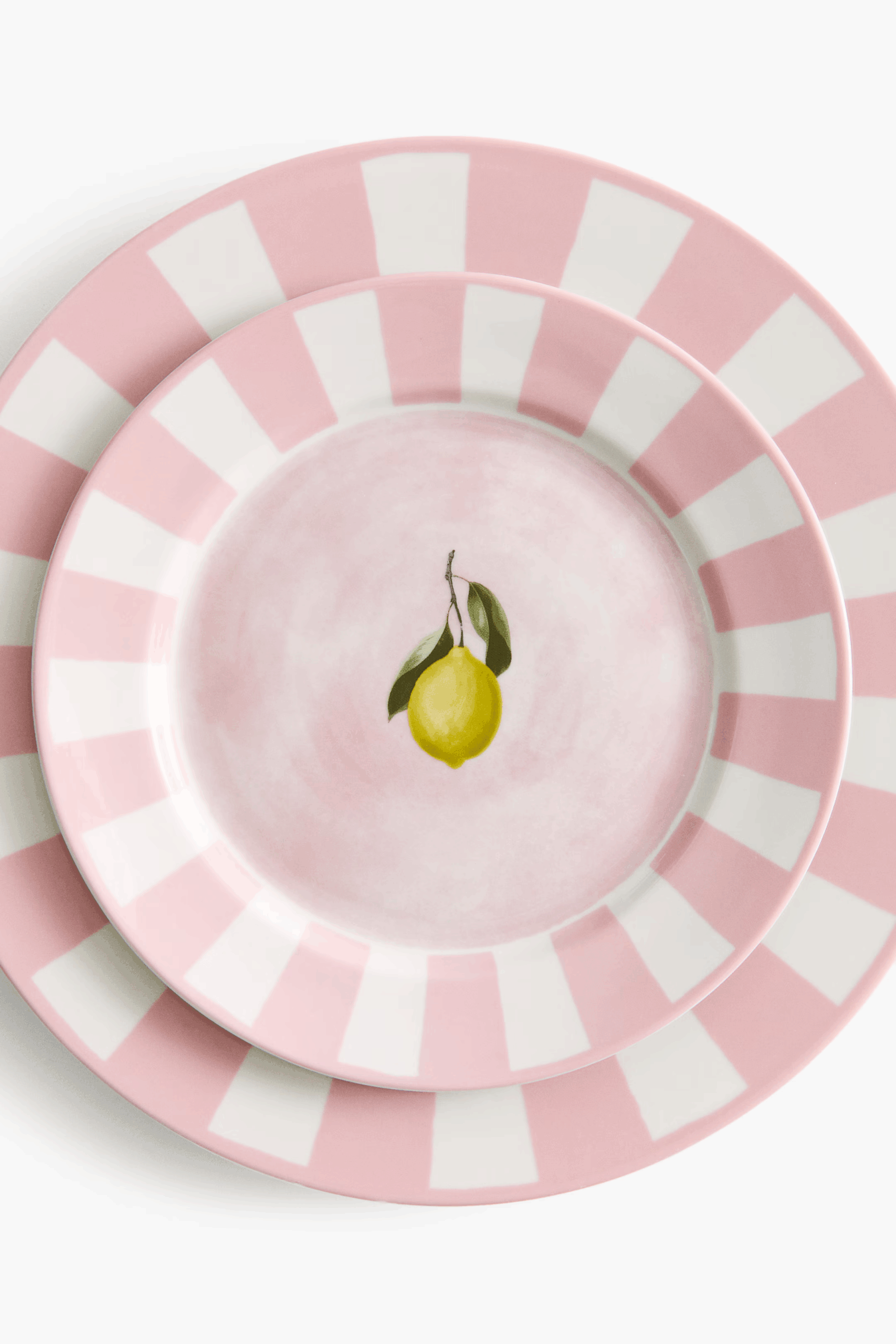Types, styles, and where to use them: a comprehensive guide
One of the most important things when it comes to a proper interior design is for sure also lighting. Light changes everything and sets the mood. When walking through the streets at night and seeing some apartments lit up with the most horrible lightings, I can’t believe my eyes … that was also one of the reasons why I chose to write a blogpost about this topic. It really is so important and there are great ways how to include these correctly.
But before we start diving into the different options lighting offers (e.g. floor lamps, pendant lamps, wall lamps), we will take a brief trip down memory lane and look at the history of lighting.
Introduction: The History of Lighting in Interior Design
Lighting has played a pivotal role in interior design for centuries. From the flickering flames of ancient torches and candles to the sophisticated smart lighting of today, the evolution of lighting has significantly influenced how spaces are perceived and utilized. In ancient times, natural light was the primary source of illumination, with architectural structures designed to maximize daylight. Oil lamps and candles later provided nighttime illumination, offering a warm and intimate ambiance. The 19th century saw the advent of gas lighting, which allowed for more consistent and controlled lighting. However, the most significant breakthrough came with the invention of the electric light bulb in the late 19th century, revolutionizing interior lighting and making it more accessible, efficient, and versatile.
Today, lighting is not only functional but also an essential design element that enhances aesthetics, mood, and spatial perception. With advancements in technology and design, homeowners and designers have a plethora of lighting options to create the desired atmosphere in any space. In this article, we will explore different types of lighting, their characteristics, and the ideal spaces for their application.
Types of Lighting and Their Characteristics
1. Pendant Lamps
Pendant lamps are hanging light fixtures suspended from the ceiling by a cord, chain, or rod. They come in various styles, sizes, and materials, making them a versatile lighting solution.
- Characteristics:
- Provide focused or ambient lighting
- Available in single or multi-light configurations
- Can be adjusted in height for flexibility
- Work well with various design styles, from industrial to contemporary
- Best Uses:
- Kitchen islands
- Dining tables
- Entryways
- Workspaces

2. Wall Lamps
Wall lamps, also known as wall sconces, are mounted on walls and can provide both ambient and accent lighting. These fixtures are commonly used to enhance architectural elements or add layers of light to a room.
- Characteristics:
- Can be hardwired or plug-in models
- Offer both uplight and downlight options
- Available in various designs, including swing-arm and decorative styles
- Best Uses:
- Hallways and corridors
- Beside beds as reading lights
- Bathroom mirrors
- Accent lighting for artwork

3. Indirect Lighting
Indirect lighting is a technique where light is directed towards a surface, such as a wall or ceiling, to create a soft, diffused glow. This lighting style reduces harsh shadows and enhances the overall ambiance.
- Characteristics:
- Creates a warm and inviting atmosphere
- Reduces glare and harsh contrasts
- Can be achieved using cove lighting, LED strips, or recessed fixtures
- Best Uses:
- Living rooms and lounges
- Bedrooms for a cozy ambiance
- Theatrical or entertainment spaces
- Commercial spaces for a luxurious feel

4. Floor Lamps
Floor lamps are freestanding lighting fixtures that provide both ambient and task lighting. They come in a variety of styles, including arc lamps, tripod lamps, and torchiere lamps.
- Characteristics:
- Portable and easy to relocate
- Ideal for spaces with limited ceiling or wall lighting
- Can serve as a statement piece in a room’s decor
- Best Uses:
- Reading corners
- Living rooms
- Bedrooms
- Office spaces

5. Table Lamps
Table lamps are compact lighting fixtures placed on tables, desks, or nightstands. They provide localized lighting for reading, work, or decorative purposes.
- Characteristics:
- Offer both ambient and task lighting
- Available in a variety of designs and materials
- Can be used with smart bulbs for adjustable brightness
- Best Uses:
- Bedside tables
- Desks and workspaces
- Living room side tables
- Accent lighting in entryways

6. Outdoor Lighting
Outdoor lighting is essential for both aesthetics and security. It includes pathway lights, wall-mounted lanterns, floodlights, and landscape lighting.
- Characteristics:
- Weather-resistant and durable
- Can be solar-powered or wired
- Enhances curb appeal and safety
- Best Uses:
- Pathways and driveways
- Garden and landscape accents
- Porch and patio areas
- Security lighting around entry points
7. Cordless Lamps
Cordless lamps offer the ultimate flexibility in lighting design, as they do not require a fixed power source. These lamps are battery-powered or rechargeable, making them ideal for both indoor and outdoor use.
- Characteristics:
- Portable and easy to move
- Often come with rechargeable batteries
- Great for spaces with limited outlets
- Best Uses:
- Dining tables for an intimate ambiance
- Outdoor entertaining spaces
- Office desks without cluttering cables
- Emergency lighting during power outages
Where to Use Different Lighting Styles
Living Rooms
- Use a combination of pendant lamps, floor lamps, and table lamps for layered lighting.
- Indirect lighting can create a warm and inviting atmosphere.
- Wall sconces can highlight artwork or architectural details.
Kitchens
- Pendant lamps are ideal for illuminating kitchen islands.
- Recessed lighting and under-cabinet LED strips can provide functional task lighting.
- A combination of bright and ambient lighting enhances both aesthetics and functionality.
Bedrooms
- Wall-mounted sconces or table lamps work well for bedside reading.
- Indirect lighting or LED strips can add a cozy ambiance.
- Floor lamps can be used to create a relaxing corner.
Bathrooms
- Wall sconces around the mirror provide even lighting for grooming.
- Recessed ceiling lights enhance overall brightness.
- Indirect lighting can add a spa-like feel.
Outdoor Spaces
- Use pathway lights for safety and aesthetics.
- Outdoor wall lanterns enhance the entrance.
- Cordless lamps or string lights create a cozy atmosphere for outdoor dining.
Conclusion
Lighting is a crucial element in interior design that goes beyond mere functionality. It defines the ambiance, highlights architectural features, and influences the way we experience a space. By strategically incorporating different types of lighting—such as pendant lamps, wall lamps, indirect lighting, floor lamps, table lamps, outdoor lighting, and cordless lamps—you can create a well-balanced and visually appealing environment tailored to each space’s unique needs.
Understanding the characteristics and best applications of various lighting options allows you to craft interiors that are both stylish and practical. Whether you aim for a modern, minimalist look or a warm, cozy atmosphere, the right lighting choices will elevate your interior design to new heights.
Wanna read more?
Illuminating your attic space – creative and practical lighting ideas: read here
9 breathtaking sockets and light switches – read here
Advertisement, no payment



